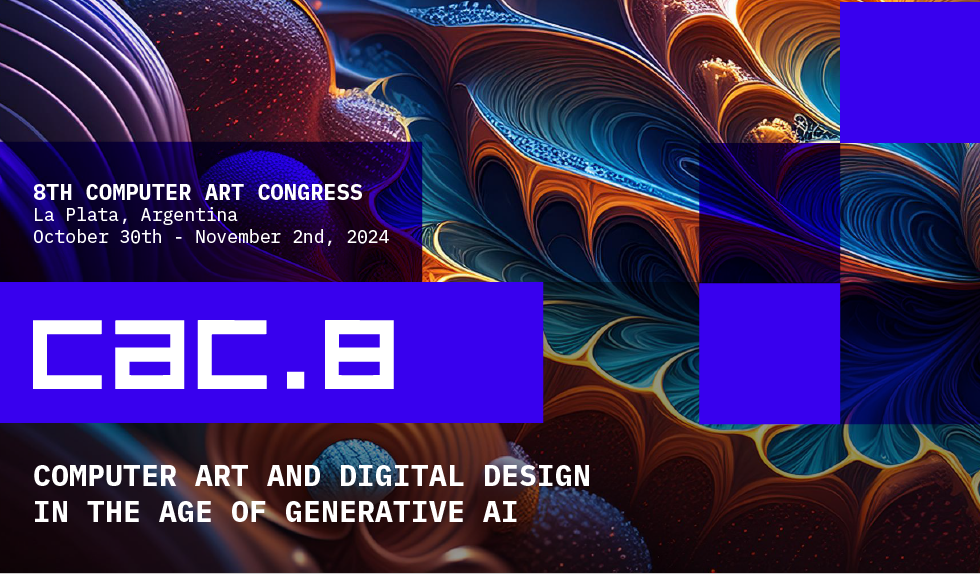Artificial intelligence (AI) has been one of the most significant technological advances of the 21st century, triggering both enthusiasm and resistance in various spheres. However, opposition to new technologies is not a recent phenomenon but a recurring pattern in human history. This paper argues that no technological advance, whether it be the invention of the telephone, the advent of the Internet, or the rise of AI, should be considered intrinsically negative. Each has transformed society and improved people's way of life after a period of adaptation, which also includes necessary improvements. Through a historical and comparative review, this paper proposes that the rapid progress of AI is no different from previous technological transformations. Although the pace of change is faster, the potential positive impact remains immense.
In the artistic realm, AI, being capable of processing large amounts of data at great speed, can function as an extremely efficient and operational assistant. Furthermore, as a generative system trained on vast amounts of both general and artistic content, it can inspire new ideas or approaches. Whether in the creation of text, images, video, or audio, AI allows artists to explore new forms of expression within digital and computational art. By freeing creators from repetitive, tedious, or basic tasks, AI opens space for them to focus on the more elevated aspects of creation. While AI can suggest unprecedented paths, it is always the artist who makes the final decision, maintaining creative control. When AI does not achieve the desired result, humans can continue manually, demonstrating that collaboration between machines and humans is the true driver of progress in contemporary artistic creation.
Far from being a threat, in the long term, AI can improve skills such as writing, precision, and depth of thought, thanks to its rigor and thoroughness in processes. This paper argues that, when used ethically and with result verification, AI can amplify creativity, providing artists and other professionals with new tools to overcome limitations and expand their creative possibilities.
Finally, this paper explores how the collaboration between the human and the non-human is transforming art and digital design, concluding that AI not only expands creative capabilities but also offers new opportunities to enrich both contemporary art and our way of life.

 PDF version
PDF version
